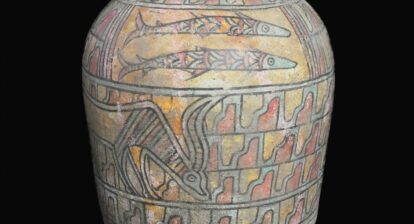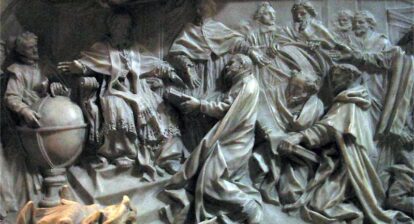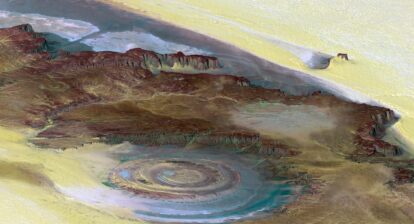Podcast: Play in new window | Download
Subscribe: Apple Podcasts | Spotify | Amazon Music | Blubrry | Email | RSS
Podcast Episode 45 l Hadrian’s Wall and Vindolanda – Remains of a Roman Britain
The Roman Empire was vast and extensive, covering almost all of Europe. Britain also came under its rule for 400 years. First Julius Caesar visited in 55 BC, but he did not stay. Eventually, in 43 AD permanent conquest of the British Isles began and Britain became a Roman province. Rome got a new emperor from 117 to 138 AD. His name was Hadrian and he visited Britain, which was one of the farthest outposts of his empire, in 122 AD. It was Hadrian who decided to build a wall between England and Scotland to defend his territories in England. This is called Hadrian’s Wall and its remains can still be seen.
South of Hadrian’s wall is Vindolanda, which was a Roman auxiliary fort. Vindolanda actually predated the wall and archaeological excavations of the site show that it was under Roman occupation from roughly 85 AD to 370 AD. Located near the modern village of Bardon Mill in Northumberland, it guarded the Stanegate, the Roman road from the River Tyne to the Solway Firth.
The site is most famous for the Vindolanda tablets, a set of wooden leaf-tablets that were, at the time of their discovery in 1973, the oldest surviving handwritten documents in Britain.
Please subscribe to the You Tube Channel for more on science, history and nature and please do check out the website and follow on social media: Twitter // Instagram // Facebook // Reddit







